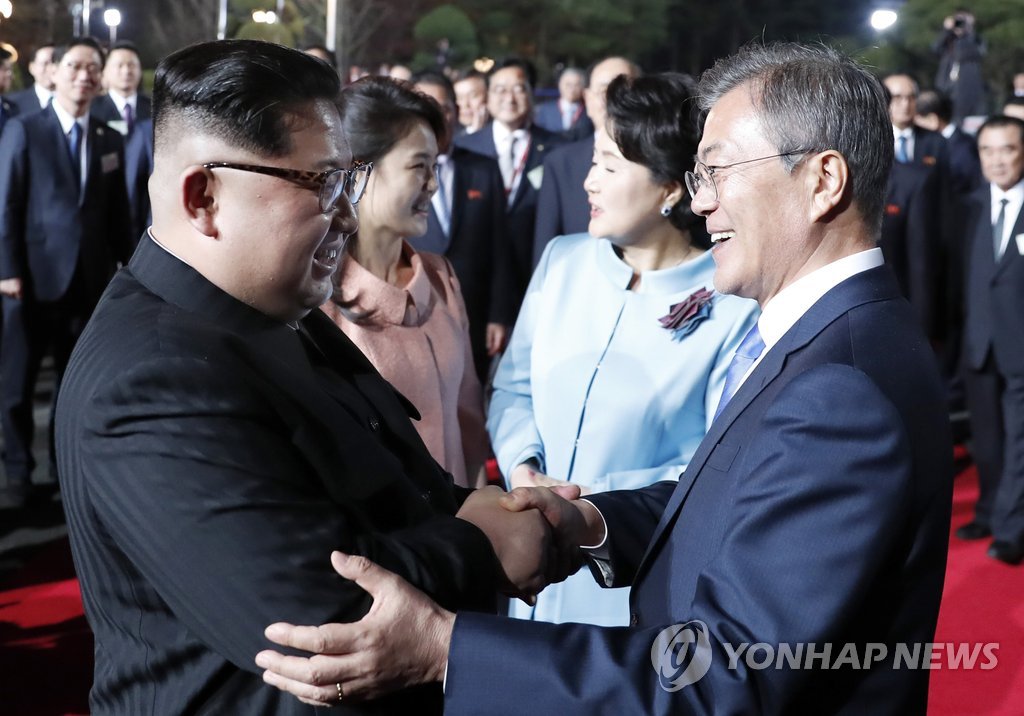SEOUL, April 26 (NNN- Yonhap) — Inter-Korean relations have improved markedly since the historic first summit between South Korean President Moon Jae-in and North Korean leader Kim Jong-un a year ago, with cross-border exchanges spiking following a period of frozen ties and almost no contact.
The two Koreas, however, appear to be facing a bumpy road as many agreed-upon joint cross-border projects remain stalled, apparently tied down by the impasse in denuclearization talks between Washington and Pyongyang, experts said.
That first summit, held at the truce village of Panmunjom on April 27, 2018, produced the so-called Panmunjom Declaration, in which the two sides agreed to work toward the complete denuclearization of the Korean Peninsula, improve inter-Korean relations, ease military tensions and expand cross-border exchanges and cooperation.
“Until until the end of 2017, tensions were running very high, as North Korean continued its missile and nuclear provocations, with some even talking about military options,” said Hong Min, a senior researcher at the Korea Institute for National Unification. “Now the tensions, to some extent, have gone away.”
“We are currently talking about how to achieve lasting peace and denuclearization in detail without the concerns that gripped us before — a huge turnaround for us that is attributable to the April summit,” he added.

